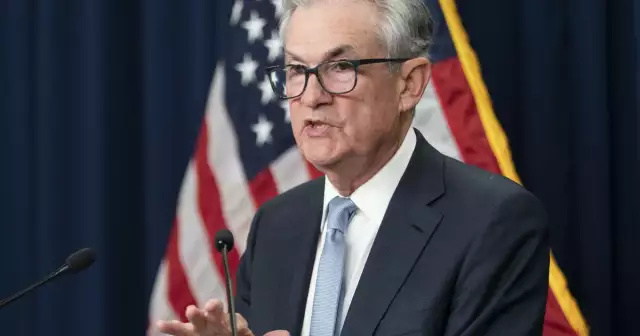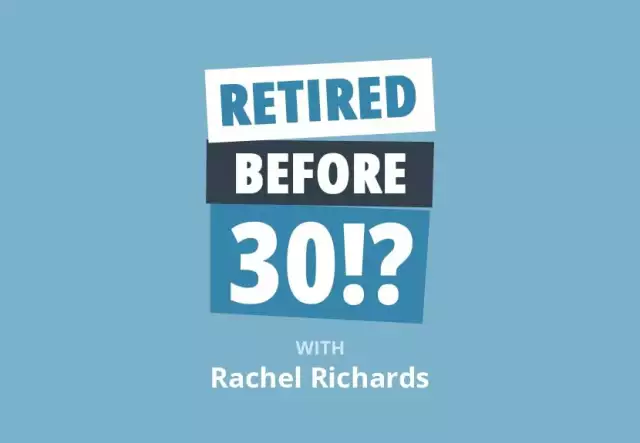26% of workers worried about retirement income
Just over one in four workplace pension savers (26%) fear their pension pot will fail to provide enough to live on at retirement, according to a new report from the Pensions and Lifetime Savings Association (PLSA).
According to a survey by the PLSA, those aged 35 to 54 (29%) were most concerned that they would not have enough to live on.
This compares to 20% of those aged over 55. Just under a third of women were concerned (31%), compared to one in five men (21%). The PLSA survey of just over 2,000 adults was carried out in January by the PLSA. The PLSA says that soaring inflation, the war in Ukraine and two years of Covid-19 restrictions are causing damage to savers’ confidence in pensions.
Many with workplace savings say they now have long-term concerns about their financial health when they stop working.
{loadposition hidden2}
The Pensions and Lifetime Savings Association represents pension schemes that provide a retirement income to more than 30m savers in the UK. Members also include asset managers, consultants, law firms, fintechs, and others. The PLSA survey found that well over 30% of those with incomes under £28,000 were concerned about the future compared to only 20% for those in households with an income of over £48,000.
One in five people surveyed (21%) – who have a pension – say that they save into a pension to ensure that they have a minimum standard of living in retirement; a pension that meets all their basic needs. Around two in five (41%) however, say they save because they want to ensure they have a moderate standard of living in retirement – a pension that will meet their basic needs and allow them to do some of the things that they would like to do.
A third (33%) say they save to ensure they have a comfortable living standard; saving enough to ensure that they have enough money to live comfortably, including doing most of the things they would like to do.
Preferred retirement lifestyle from pension saving
Percentage of respondents
A pension that meets all their basic needs in retirement.
(RLS Minimum - £11k)
21%
A pension that meets all their basic needs and allows them to do
some of the things they would like to do in retirement.
(RLS Moderate - £21k)
41%
A pension that meets all their basic needs and allows them to do most of the things
they would like to do in retirement.
(RLS Comfortable – £34k)
33%
Source: PLSA
When asked to think about what their current level of pension saving will provide for them in retirement, one in eight (12%) said that they did not know what standard they would achieve, and 1% said that they never plan to fully retire.
The PLSA released its Retirement Living Standards study back in 2019 – before being updated during 2021 to reflect modern living costs. The current standards suggest that, roughly speaking, a single person will need about £11k a year to achieve the minimum living standard, £21k a year for moderate, and £34k a year for comfortable. For couples, it's £17k-£31k-£50k. More information about the PLSA’s Retirement Living Standards can be found here. A majority of people save to secure either a moderate (41%) or comfortable (33%) Retirement Living Standard. However, far fewer people think their current pension saving will achieve this, with slightly over a quarter (27%) saying moderate and just 14% comfortable. The PLSA wants the government to increase the level of auto-enrolment contributions from 8% of band earnings to 12% by the early 2030 to help ‘level up’ retirement income.
Nigel Peaple, director of policy & advocacy, PLSA, said: “We have long argued that current contribution levels are not likely to give people the level of retirement income they expect or need. As the Government seeks to ‘level-up’ the economy, narrowing wealth disparities between regions and different demographics, we think now is the right time for the Government to commit to levelling up pensions, gradually, over the next decade, in three affordable steps. “First, the Government should implement its plans of extending pension savings to the over 18s, and commence pension saving on each pound of savings, from the mid-2020s. Then around the end of the decade, pensions should be “levelled up” so that employers match employee contributions. This would mean 10% of pay goes into pensions but would not require extra contributions by workers. Finally, when affordable, in the early 2030s, contributions should be increased to 12%.” • Research was conducted on behalf of the PLSA by Yonder Data Solutions in January with a nationally representative sample of 2,093 adults.
{loadmoduleid 444}







